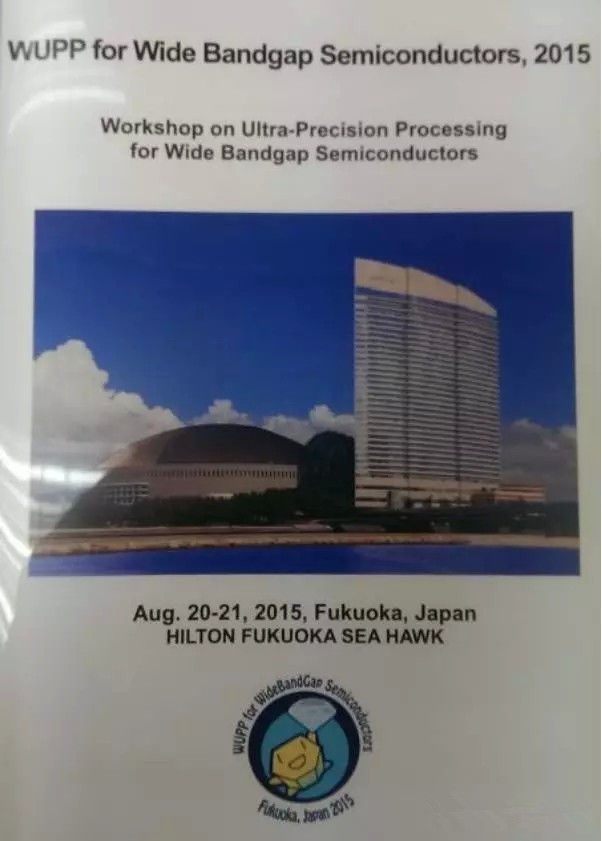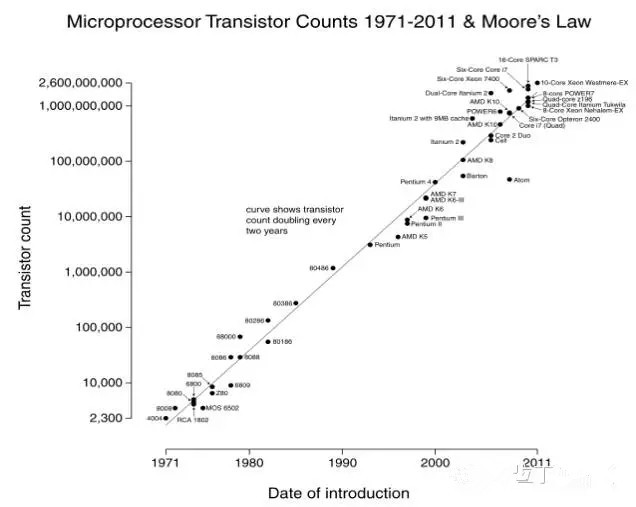2015 is a year of low tide in the LED industry, especially in the middle and upper reaches. After experiencing overcapacity, the price of chips and lamp beads is one month. It is almost a painful process to negotiate the price of chips and lamps. I believe many People who are engaged in LED technology have the same feeling of returning as I am, so I am silently protesting for one year!
In the fall of last year, when I participated in the 2015 WUPP for wide bandgap Semiconductors Forum in Fukuoka, Japan, and the 2014 Nobel Prize in Physics, Professor Amano, I ignited a ray of light in this industry. A 2016 New Year gift for everyone after the year.

WUPP meeting in August 2015
At the university or research institute, if students in the electronic or semiconductor department are sure to repair solid physics or semiconductor physics, we know that IC has Moore's Law, but due to the arrangement of the course, there is less ink in the compound semiconductor, so it is rare. It is known that there is an LED Hays law in the field of optoelectronics in compound semiconductors.
Let's take a look at the Moore's Law of IC:
The number of circuits integrated on an integrated circuit chip doubles every 18 months, and the performance of the microprocessor doubles every 18 months, or the price drops by half.
As shown in the following figure: This law has a little bit of fatigue after the 20-nanometer process in 2010. Moore's Law has encountered a severe test. Scientists and semiconductor engineers have racked their brains to extend Moore's Law and seek breakthroughs in semiconductor technology.

Microscopic Moore's Law
Portable Energy Storage Outdoor
Langrui Energy (Shenzhen) Co.,Ltd , https://www.langruienergy.com